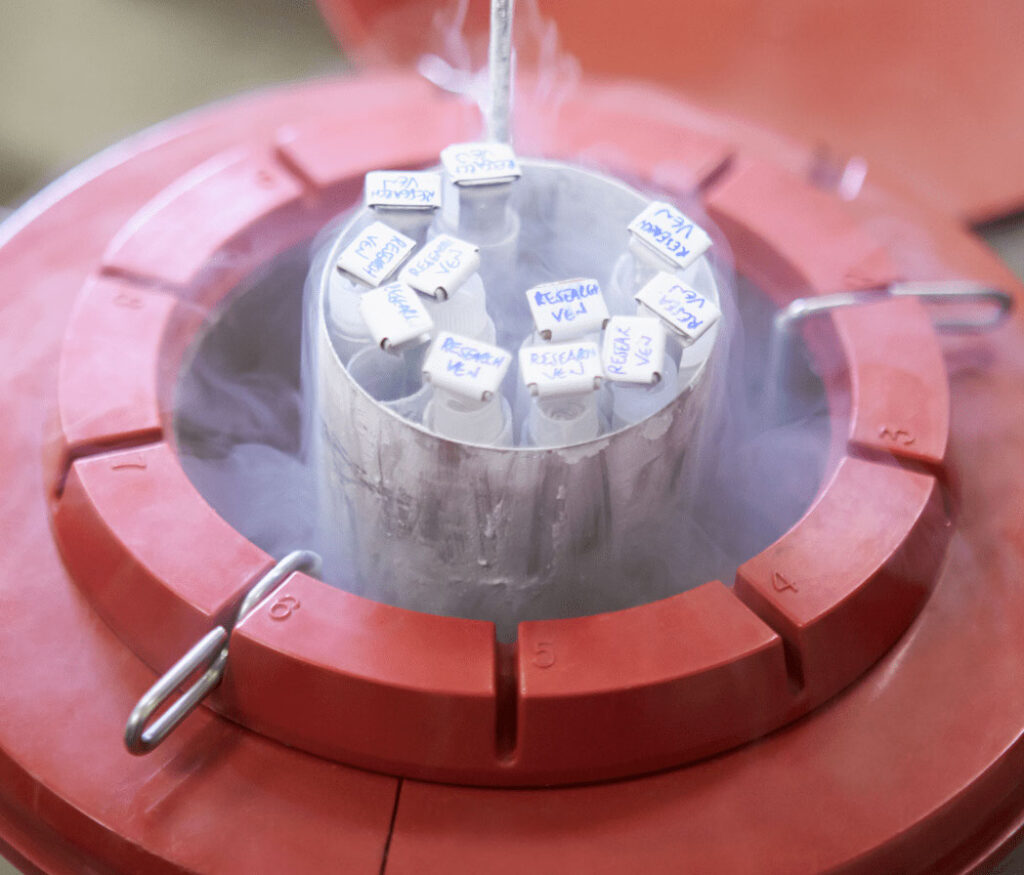FET (Frozen Embryo Transfer)

Embryo freezing is popularly known as Embryo Cryopreservation. It is the procedure of storing the unused embryos in liquid nitrogen at sub zero temperature for use in later treatment cycle or for donation.
This procedure is generally performed as a component of IVF (In Vitro Fertilization) and ICSI (Intracytoplasmic Sperm Injection). During IVF treatment, women super ovulate and produce many eggs in comparison to normal ovulation, from which only one or two embryos are used for pregnancy to reduce the risk of multiple pregnancies, and rest of the embryos are stored for later use or if first cycle failed. During the IVF procedure, unused embryos can be frozen at any stage of development but it is good to allow embryo to develop for number of days after egg retrieval, this will ensure the probability of establishing pregnancy with good fertilized embryo.
Procedure of embryo freezing is very delicate and the main purpose is the removal of water without hurting the embryo. Once water has been removed, the cell is cooled at very low temperature which is around -0.3 C per minute until it has been fully frozen. On the other hand, vitrification is the newer method in which the journey of egg from the incubator to the nitrogen container is much faster than previous one. This faster method typically allows only one egg or embryo to work at a time and is placed in a highly concentrated cryoprotectant solution.
Embryo freezing procedure is somehow very complex and requires highly experienced embryologist. Not all unused embryos are stored, as most of them dead, only the strongest embryos are suitable for freezing. These freezing embryos are beneficial for those who do not want to undergo through complete IVF cycle, and the pregnancy rate is similar to those who using frozen embryo or those who using fresh embryos.

